日志
中国古代奇技淫巧 之 倒流壶
热度 17 |
2020-6-6
手里不知道什么时候蹦出来一把桃型紫砂酒壶,壶把儿和流都做成了象形的桃枝状,壶上雕刻的花纹一面是龙凤呈祥,一面是福禄寿三才人物和动物图案,壶是倒流的,没有名款,也没有壶嘴,酒是翻过来从屁股里面注入。记得收藏大佬马未都说曾经在欧洲旅游的时候买到过一把类似的瓷酒壶,当时喜不自禁,惊叹老祖宗的奇技淫巧,把玩了许久云云。
美国的大都会博物馆不愧是藏品丰富,是一部百科全书,不同时期和厂家生产的桃型酒壶就有很多个,而且注解详尽,生活在乡下的我们,时常去逛逛,总能够受益匪浅,发现一些小小的惊喜。
博物馆里收藏的清初(1644-1688)绿釉三彩桃型倒流壶,是博物馆内其它各种桃型酒壶的鼻祖:
- Peach-Shaped Wine Pot or Tea Pot (Chinese , Qing Dynasty, Later Transitional Period,ca. 1644–83)。Porcelain with relief decoration under polychrome glazes.
十七世纪末十八世纪初康熙中晚期茄皮紫釉桃型倒流酒壶:
- Qing dynasty (1644–1911), Kangxi period (1662–1722),early 18th century。Porcelain with raised decoration and colored glazes (Jingdezhen ware)
- Peach-shaped wine pot or teapot,ca. late 17th century,Porcelain with relief decoration under polychrome glazes.
清乾隆时期(probably 18th century)烧制的三把霁蓝釉桃型茶壶:
清中期 景德鎮窯青花釉里紅桃形壺
清中期 景德鎮窯素三彩桃形壺:
- This type of pot was most likely used to serve wine. Its peach-like shape is an allusion to longevity and immortality, presumably virtues that seem more attainable when drinking wine for a birthday celebration.
清朝桃型酒壶
- Porcelain with colored enamels
大英博物馆里的收藏的康熙八仙人物桃型倒流壶:
- Peach shaped cadogan wine pot decorated with immortals in peach-shaped cartouches. Han Xiangzi is playing his flute with Cao Guojiu, holding castanets on one side. On the other possibly Lan Caihe with Lu Dongbin holding his demon-slaying sword. Made of overglaze enamel painted famille verte porcelain. The outlines are all made in red and black enamels。
2006年苏富比拍卖的清晚期(光绪)倒流壶的介绍:
- Chinese lidless wine pot said to be named after the Honorable Mrs. Cadogan who brought a Chinese example to Britain and mystified her guests because there was no apparent means to fill the pot, sometimes referred to as a "puzzle pot". The pot is filled when held upside down, through a hole in the base leading to a tube going upward inside the pot to within an inch of the top. Commonly found in the shape of a peach and in a combination of Celadon green and underglaze red, dating to around the Guangxu period. Rare blue and white examples in the shape also of a peach, occur from the mid decades of the 17th century. Later examples occurs throughout the 20th century.
下面这一款,是德国梅森在1725年仿制的桃型酒壶。
这样的酒壶,尤其是彩色的,因为做工复杂,装饰豪华,造价高昂,档案详细。目前存世的只有七把:其中一把在洛杉矶盖茨美术馆,一把在加拿大多伦多美术馆,一把在瑞士阿里亚纳(Musee Arian)博物馆。
- Wine pot in the shape of a peach (cadogan type)
- From the beginning the Missen factory copied Chinese models (see 1974.356.319), first in red stoneware and then in porcelain. The export ceramics owned by August II (1670–1733), commonly known as Augustus the Strong, elector of Saxony, king of Poland, provided convenient prototypes for a factory that was, by necessity, more concerned with technological advances than with aesthetic innovation during its formative years. The taste for copies or interpretations of Chinese and Japanese originals continued through the 1730s, long after the factory had developed both new models and types of decoration that were entirely European in conception. Meissen made use of Chinese and Japanese prototypes in a variety of ways that ranged from appropriating both form and decoration, which resulted in close copies of the original, to employing either the form or type of decoration from the original, but not in combination, and thus producing works only distantly related to the Chinese models.
- This wine pot is an example of the latter approach in which a Chinese form is decorated in a wholly European style, and the result is a work far removed from its original source. The model was a porcelain wine pot from the Kangxi period (1662–1722), which probably dates to around 1700 (79.166). The unusual shape of this model evokes a flattened peach that is fitted with a sloping base, an ear-shaped handle, and a slightly curved spout. Chinese wine pots of this model do not have a cover and were filled through a hole in the base. The hole serves as the opening to a porcelain funnel that extends vertically inside the pot to a height that prevents the liquid from escaping when the pot is turned right side up after filling. While Meissen and other European versions of the Chinese wine pots have often been described as teapots, the construction of this pot would not allow it to perform that function. In addition, the European examples of this form have been occasionally termed “Cadogan teapots,” due to an unsubstantiated association with William Cadogan (1675–1726), 1st Earl of Cadogan, or his wife.
- The Museum’s wine pot is decorated with polychrome chinoiserie scenes on the two long sides of the pot in the manner of Johann Gregorius Horoldt (German, 1696–1775). An unusually elaborate pattern of gilding highlighted with purple luster extends from the top of the handle to the spout, and small leaves painted in iron-red, purple, and gold decorate the spout and the handle. The gilt branches that extend from the handle and spout terminate in applied, elongated leaves that recall an applied-foliate decoration often found on Meissen porcelain from the previous decade, but here they are transformed in appearance by the use of green enamel. The chinoiserie scenes are relatively small in scale in relation to the size of the pot, giving prominence to the areas of undecorated white porcelain and allowing the green leaves to play a prominent decorative role.
- Based on the number of surviving examples, it appears that wine pots were not produced in large numbers at Meissen. There are two other wine pots with decorative schemes very similar to the Museum’s example, and the similarity of these two pots, now in the collections of the J. Paul Getty Museum, Los Angeles, and the Gardiner Museum, Toronto, extends to the distinctive leaf decoration found on their spouts and handles. A wine pot of the same model that was on the market in the 1980s is also decorated with chinoiserie scenes in what appears to be a related gilt design on the top, but the spout and handles are fully gilded rather than painted with scattered leaves. Three other wine pots are known, all of which are decorated only with gilding. The example with the simplest gilt decoration is in the Porzellansammlung, Staatliche Kunstsammlungen Dresden, and it has been dated to around 1735, although an earlier date might also be proposed. A wine pot in the Cagnola Art Collection, near Varese, Italy, and a wine pot in the Museum’s collection are more elaborately decorated with chinoiserie scenes in gold. The gilding on all three pots was almost certainly executed in Augsburg, where several gilding workshops excelled in this type of decoration from the late 1720s to the early 1730s.
洛杉矶盖茨博物馆收藏的德国梅森1725年烧制的桃型茶壶:
- Hard-paste porcelain, polychrome enamel decoration, and gilding
- The fact that only seven of these Meissen wine pots are known today is an indication that relatively few were made, and it is possible that the steps involved in their fabrication may have discouraged production on a significant scale. The peach-shaped body would have been created with molds, and the base with its vertical funnel would have been crafted separately, either by throwing or with a mold. The base would have then been joined to the two sides of the wine pot, adding an additional step to the assemblage process. It is conceivable that the process was too time-consuming in order to produce an object defined by a clever feature that was not readily apparent.
全部作者的其他最新日志
- • 西方爱情诗选 之 我思故我爱
- • 从文自传 之 湘西儒将
- • 千年世家 之 神仙打架
- • 从文自传 之 杀人
- • 灯下漫笔 之 河南匪气
- • 租界里的杂文 之 募捐

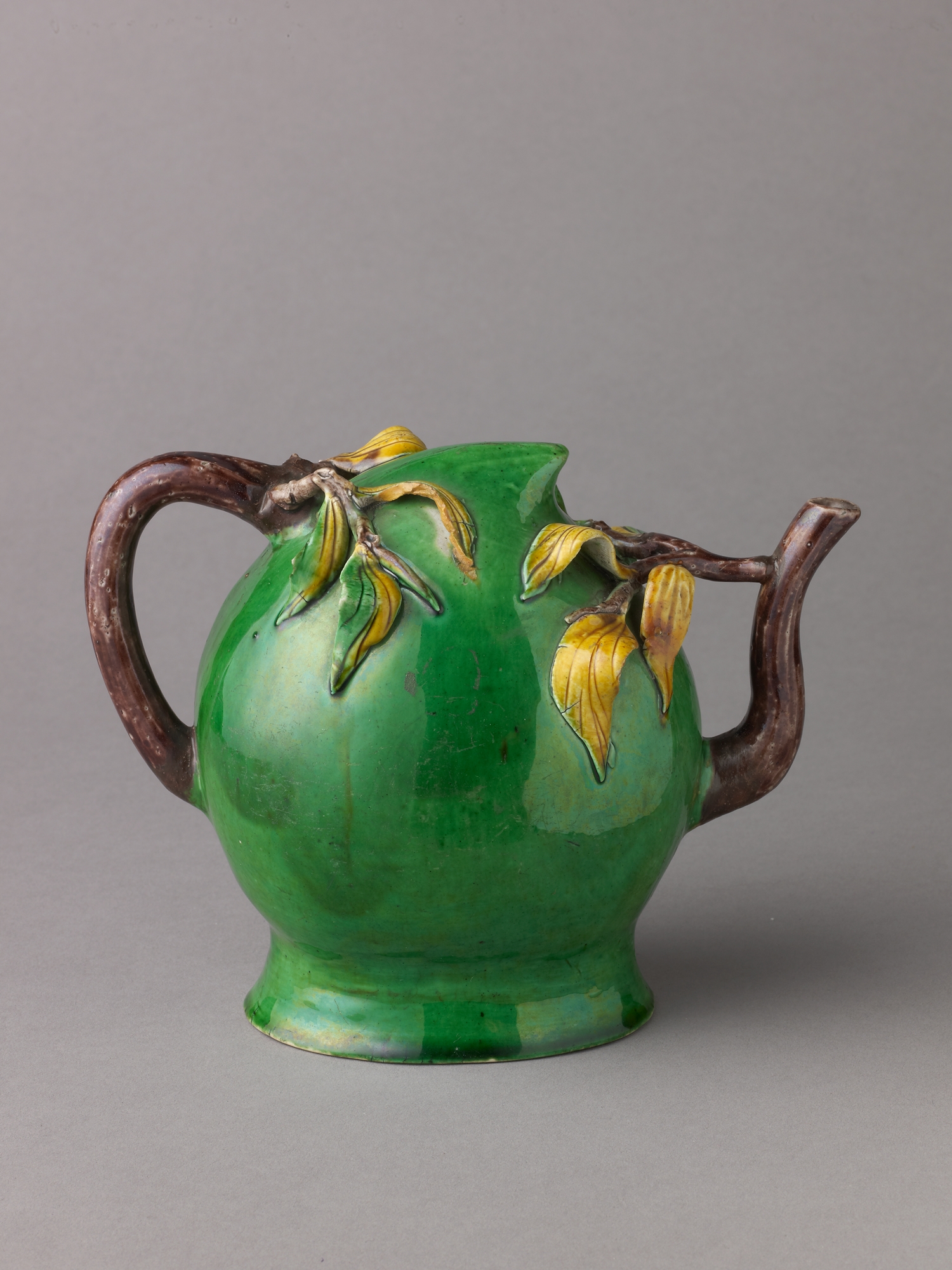
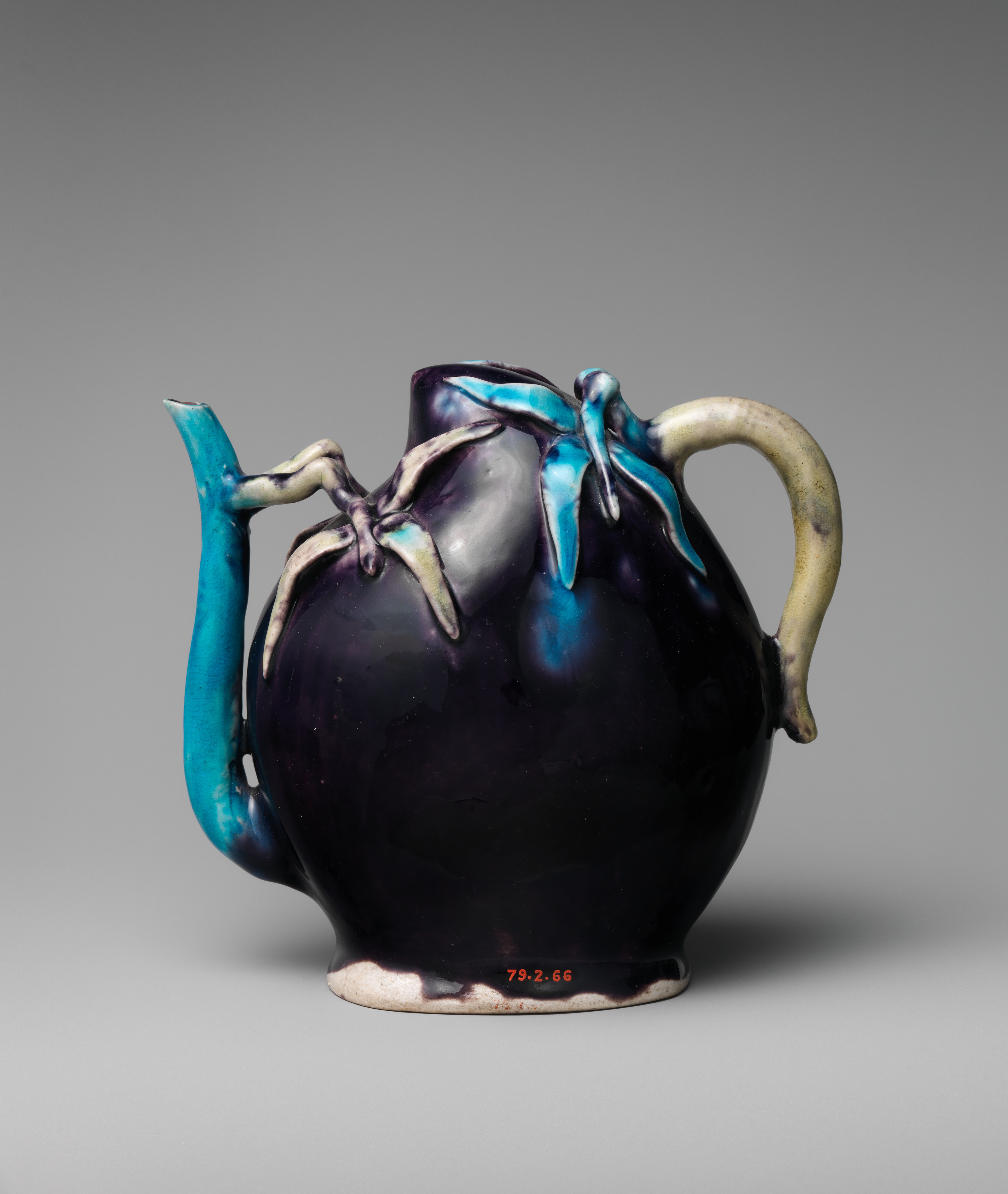
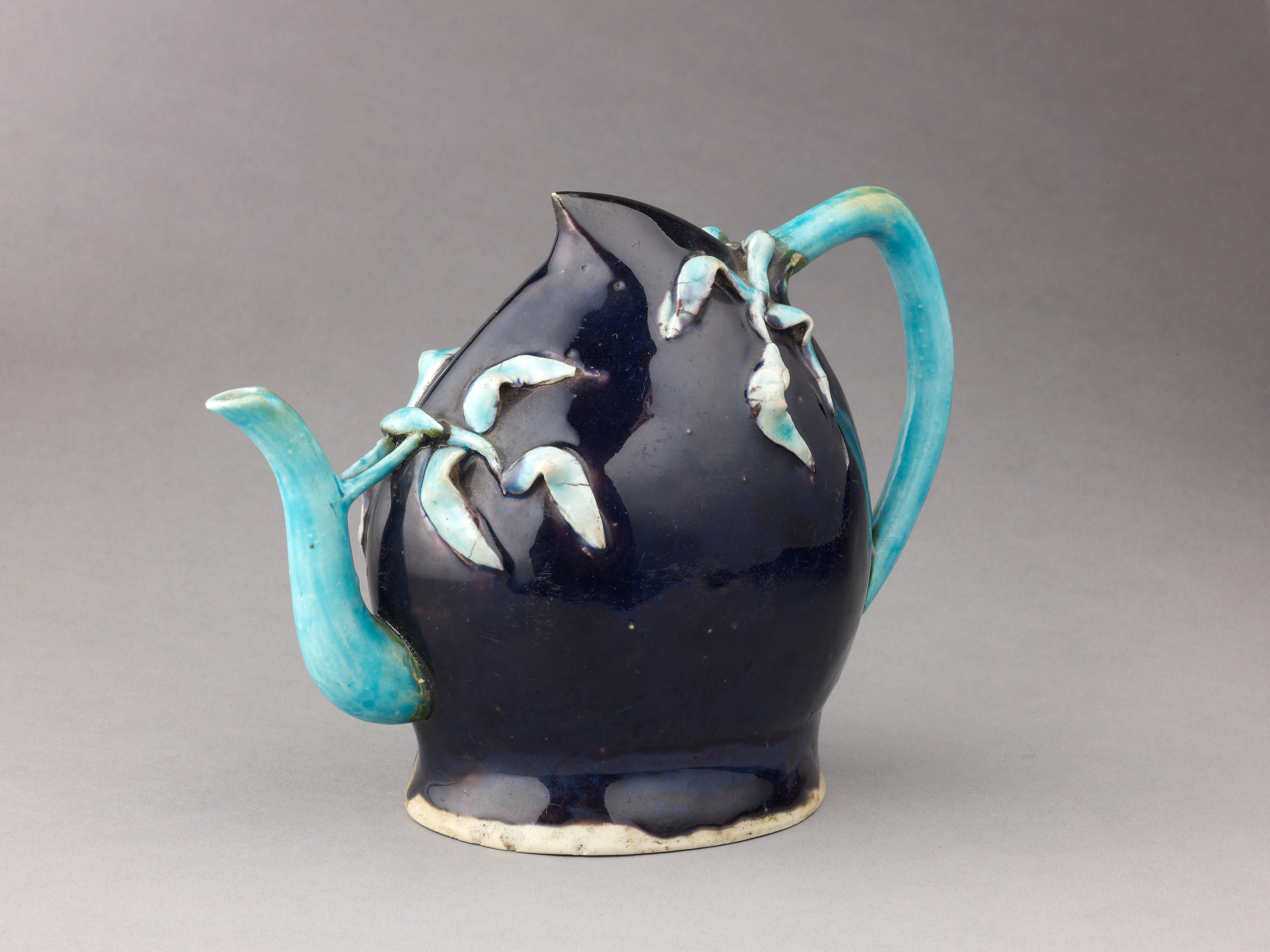
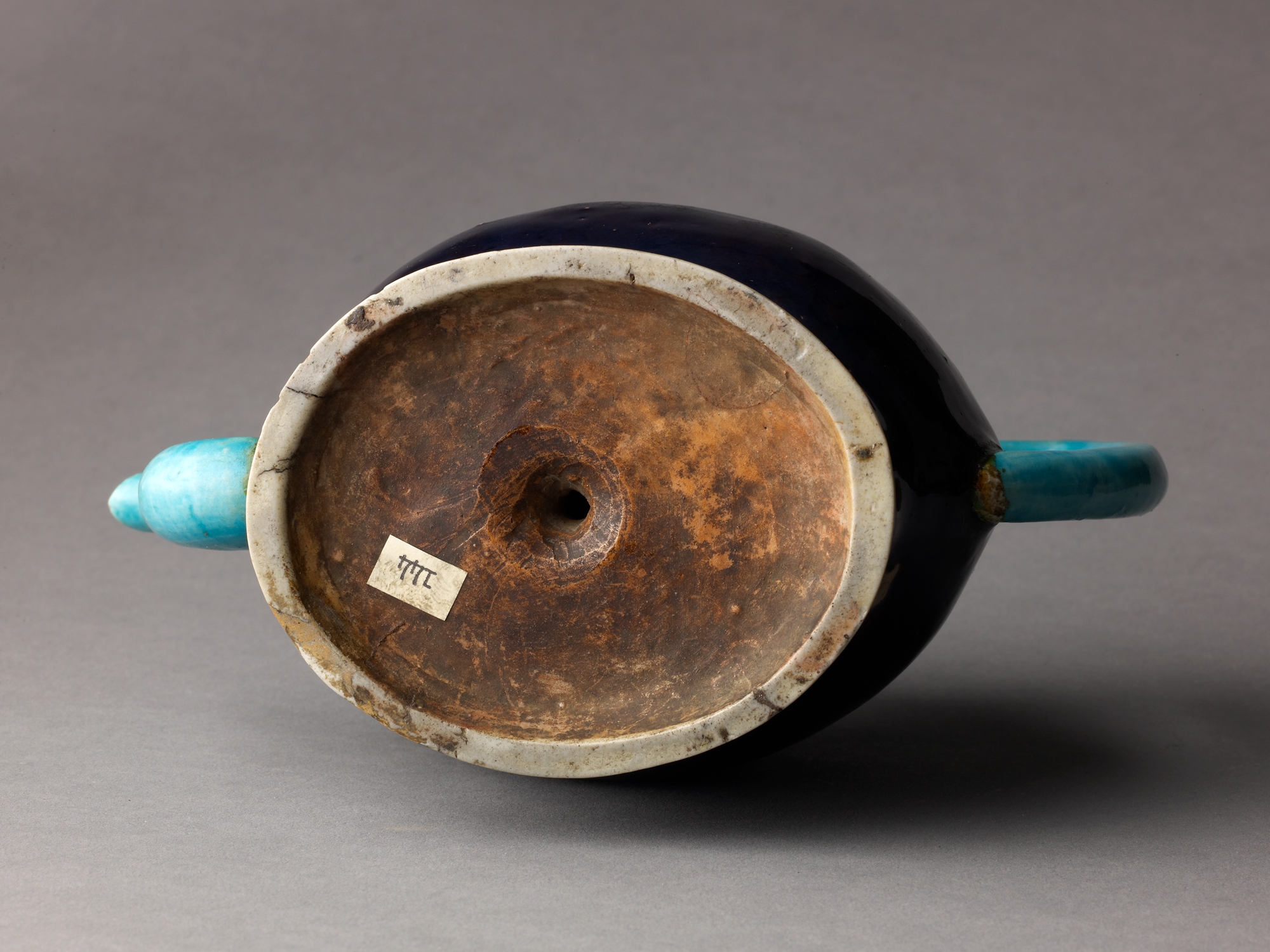
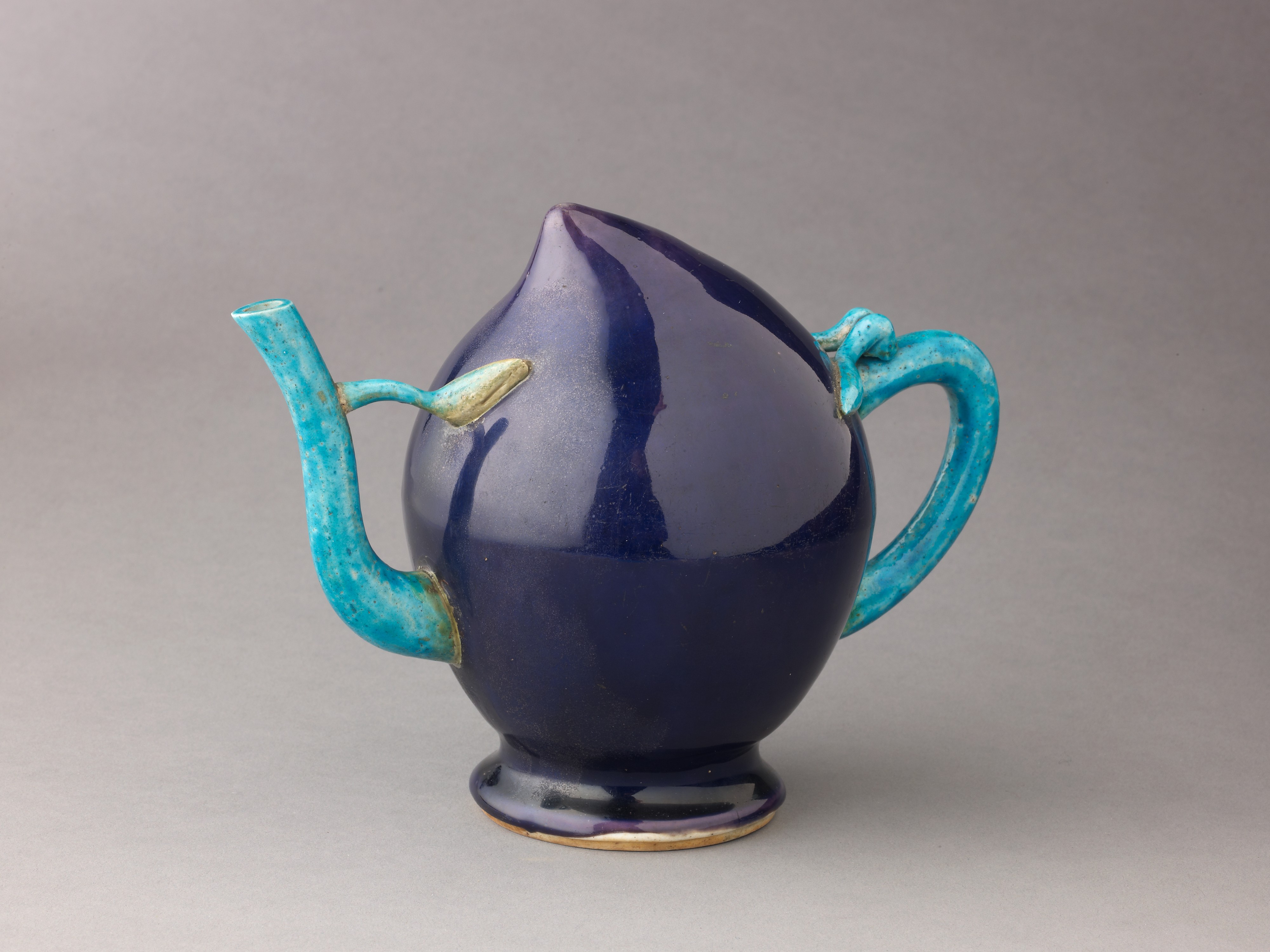
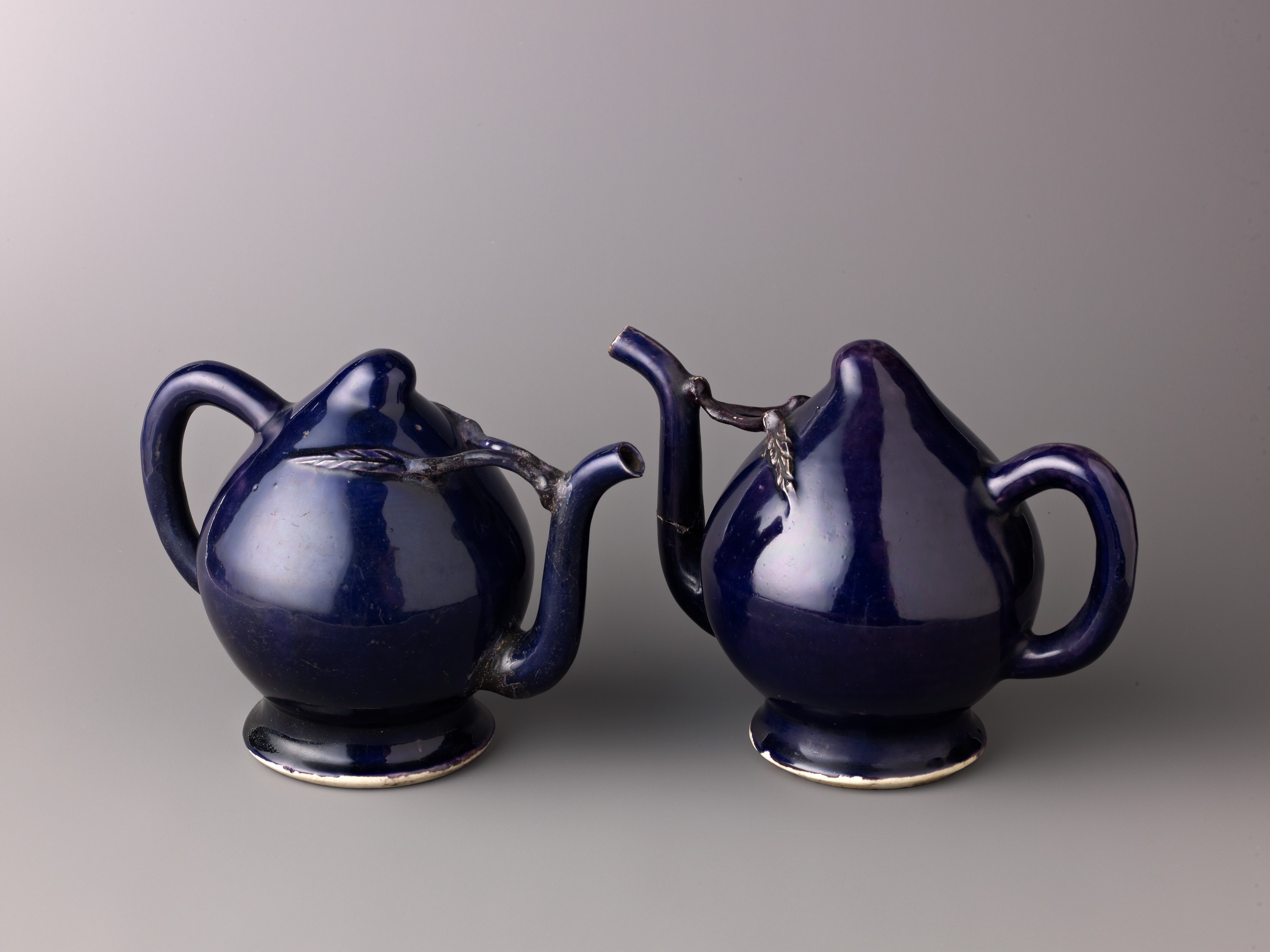
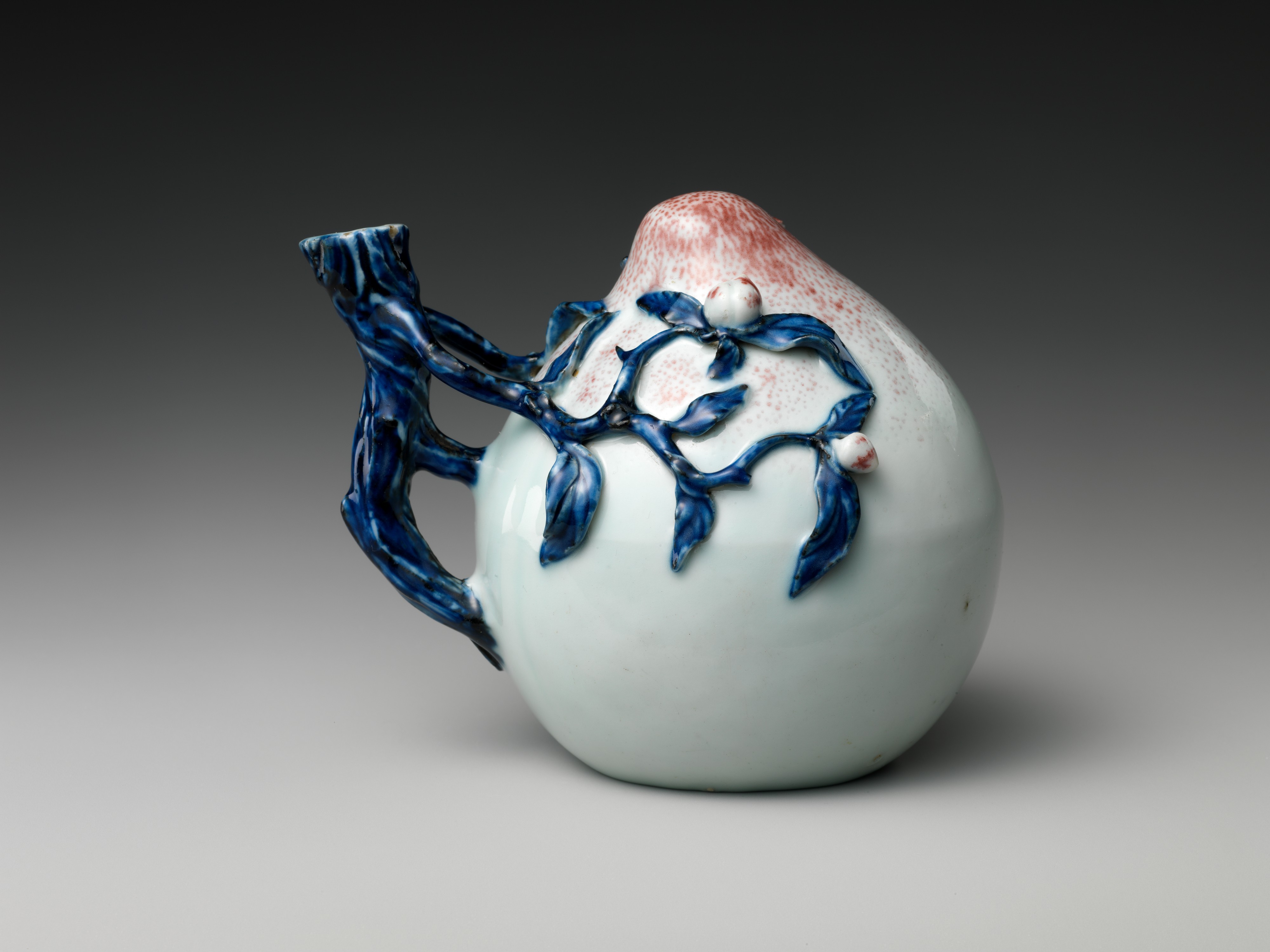
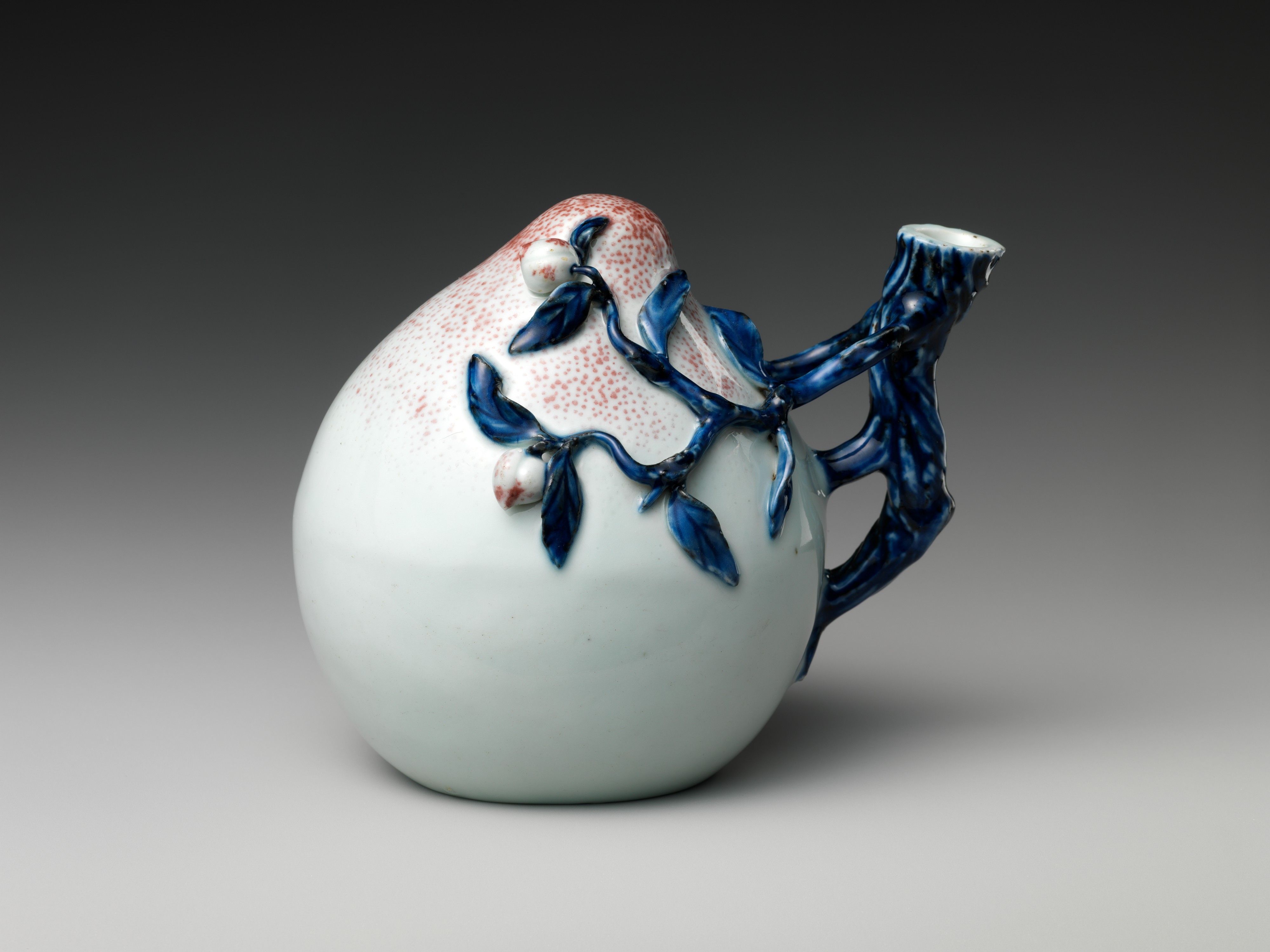
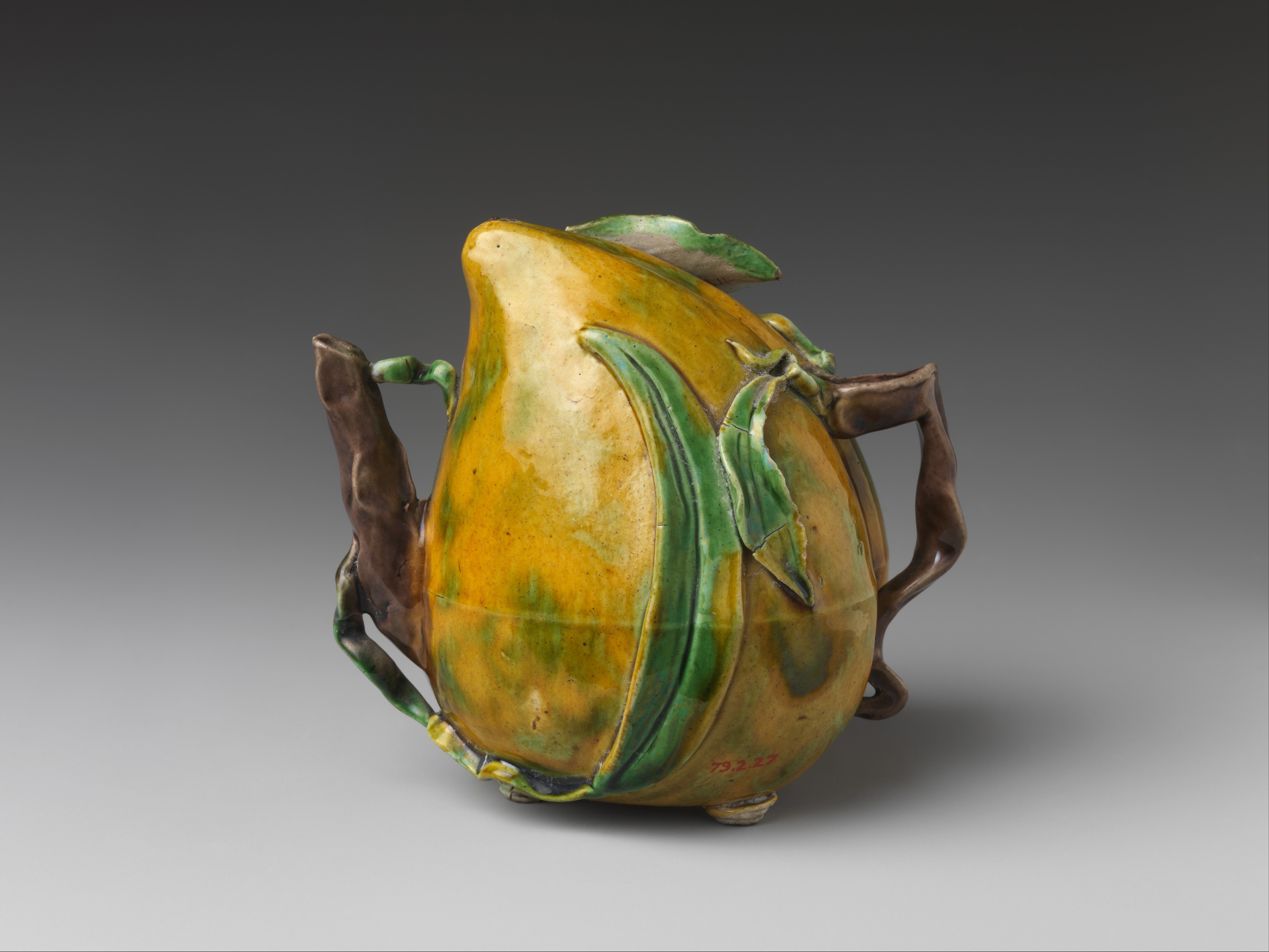

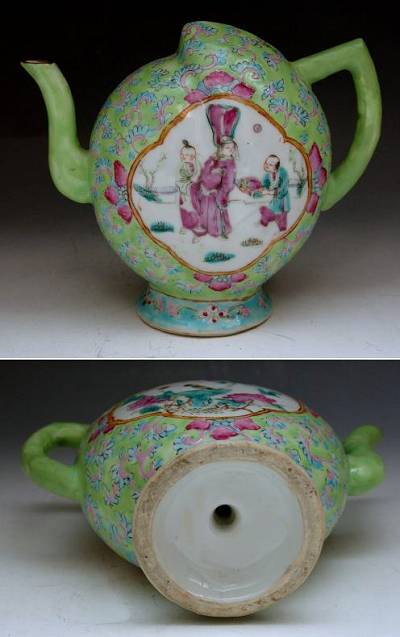
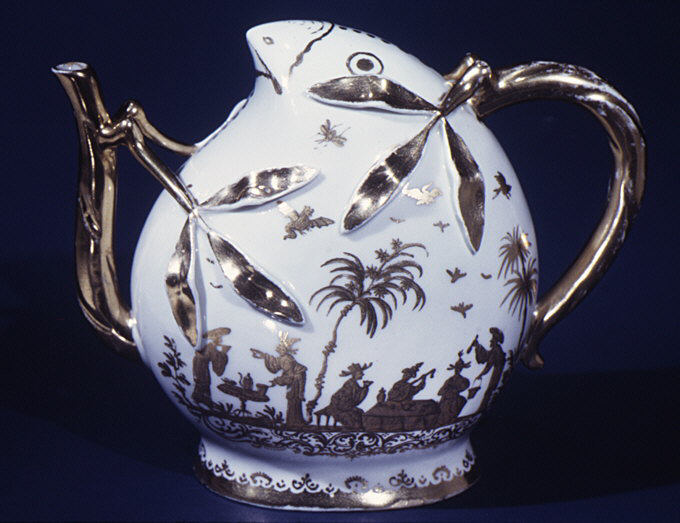
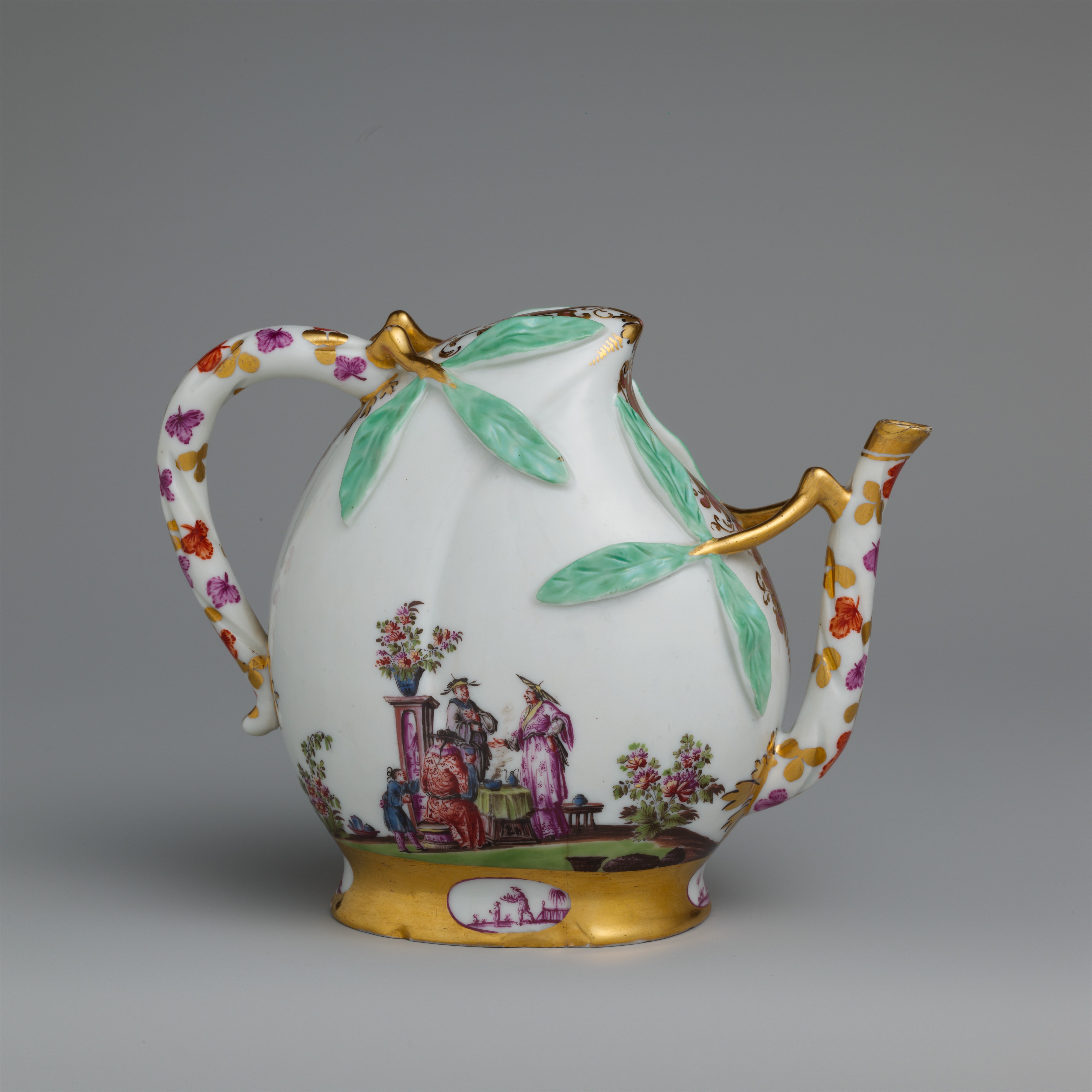











 。听说这个政策已经改了。
。听说这个政策已经改了。